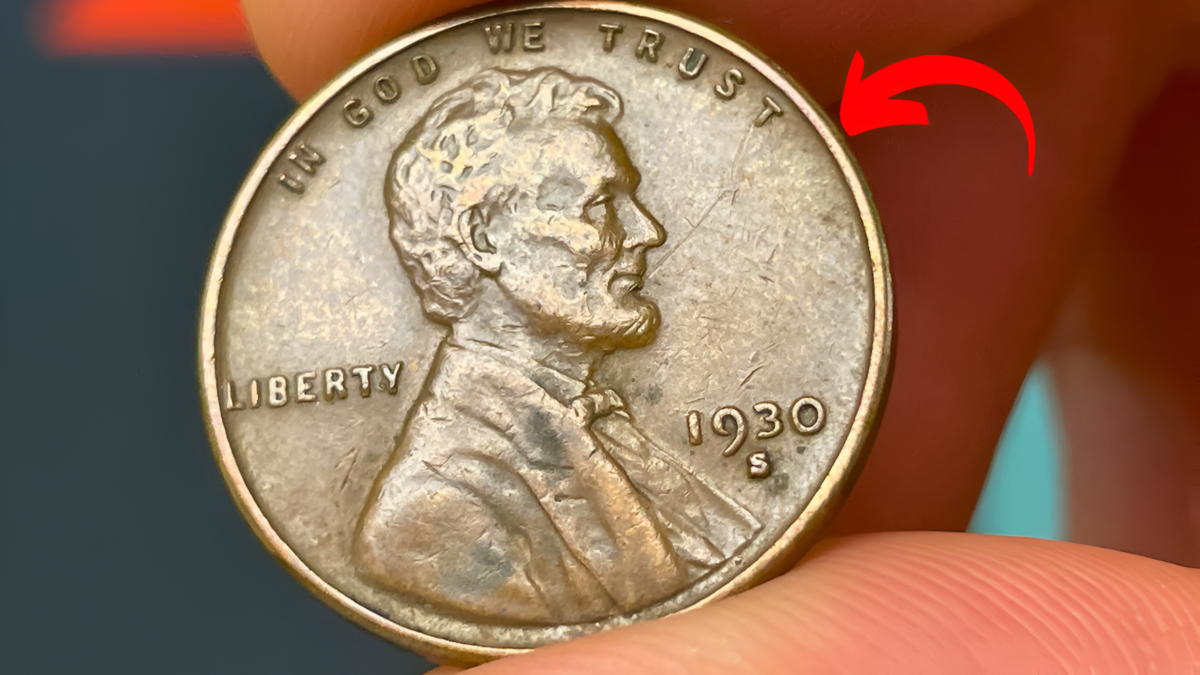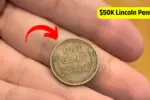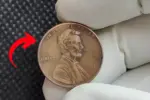Few objects in the world captivate imaginations quite like coins steeped in history and mystery. Among them, the Lincoln Wheat Penny stands out as an iconic piece of American numismatic history. Tales of its astronomical valuation rumored to reach an astounding $104 million have sparked excitement among collectors, enthusiasts, and the everyday person hopeful of finding treasure in their pocket change. But how much truth lies behind this claim? This article dives into the fascinating world of the Lincoln Wheat Penny, exploring its origins, rare varieties, myths, and the reasons behind its enduring allure.
The Lincoln Wheat Penny: A Piece of History
The Lincoln Wheat Penny, also known as the Wheat Cent, was first minted in 1909 to honor the centennial of Abraham Lincoln’s birth. This new design marked a major departure from previous U.S. coinage, as it was the first to feature the profile of a real individual none other than the beloved 16th president of the United States.
Designed for Greatness
Victor David Brenner, a sculptor and engraver, was chosen to design the penny. On the obverse (front side), he crafted an elegant depiction of Lincoln, paired with the inscriptions “In God We Trust,” “Liberty,” and the year of minting. The reverse (back side) featured two wheat stalks flanking the words “One Cent” and “United States of America,” along with the Latin motto “E Pluribus Unum.” The wheat design symbolized prosperity and growth, a reflection of early 20th-century America’s agrarian roots.
Brenner initially included his initials, “VDB,” prominently on the reverse. However, public backlash over their visibility led to their removal shortly after the coin’s release. This created one of the most coveted varieties in coin collecting the 1909-S VDB, a penny minted in San Francisco with only 484,000 produced.
Valuing the Lincoln Wheat Penny
While most Lincoln Wheat Pennies carry only sentimental or nominal value, certain rare varieties are highly sought after by collectors. These coins, distinguished by their minting errors, unique features, or scarcity, have fetched impressive sums at auctions. However, rumors of a $104 million Lincoln Wheat Penny are likely the result of exaggerated claims or myths.
What Makes a Penny Worth Millions?
Several factors contribute to the value of rare Lincoln Wheat Pennies:
- Rarity: Coins produced in limited quantities, like the 1909-S VDB, are more valuable due to their scarcity.
- Minting Errors: Pennies with errors, such as doubled dies or off-center strikes, are highly sought after for their uniqueness.
- Historical Significance: Coins connected to significant events or design changes hold special appeal for collectors.
- Condition: Coins in uncirculated or mint condition command higher prices compared to those showing wear and tear.
The Most Valuable Lincoln Wheat Pennies
Though there’s no confirmed evidence of a $104 million Wheat Penny, some varieties have sold for staggering amounts:
1909-S VDB Penny
Minted in San Francisco and bearing Brenner’s initials, the 1909-S VDB is one of the most desirable Wheat Pennies. Its low mintage of 484,000 makes it incredibly rare, with values ranging from several thousand dollars to over $168,000, depending on its condition.
1943 Copper Penny
During World War II, the U.S. Mint switched from copper to zinc-coated steel for penny production to conserve copper for the war effort. However, a small number of 1943 pennies were mistakenly struck in copper. These error coins are so rare that they’ve sold for as much as $1.7 million at auctions.
1955 Double Die Obverse Penny
This variety features a striking error where the date and lettering on the obverse appear doubled due to a misaligned die. In mint condition, the 1955 Double Die Obverse Penny can fetch up to $20,000.
While these coins are valuable, none have reached the legendary $104 million mark. The claim likely originated as a social media rumor or urban legend, adding to the coin’s mystique.
Can You Still Find Valuable Lincoln Wheat Pennies in Circulation?
Yes, it’s possible though unlikely to find rare Lincoln Wheat Pennies in circulation today. The Wheat Cent was minted until 1958, meaning it occasionally appears in change, particularly from older coin jars or cash registers.
Tips for Spotting a Valuable Penny
If you’re on the hunt for hidden treasures, keep an eye out for:
- Key Dates: Look for pennies from 1909, 1914 (D mint mark), 1922 (no mint mark), and 1943 (copper variety).
- Mint Marks: Check for “S” (San Francisco) or “D” (Denver) mint marks on the obverse, indicating potentially rare varieties.
- Minting Errors: Examine coins for doubling of letters, off-center strikes, or other anomalies.
- Condition: Coins with sharp, clear details and minimal wear are more likely to be valuable.
The Joy of Coin Collecting
For many, the Lincoln Wheat Penny represents more than just monetary value it’s a gateway to the fascinating world of numismatics. Coin collecting combines history, art, and the thrill of discovery, making it a rewarding hobby for enthusiasts of all ages.
Why Collect Coins?
Coin collecting offers a unique blend of education and excitement. Each coin tells a story about the time and culture in which it was minted. For collectors, the chance to uncover a rare or historically significant coin adds a sense of adventure to everyday life.
Starting Your Collection
Getting started with coin collecting is simple. Begin by examining loose change, visiting local coin shops, or attending collector conventions. Over time, you’ll develop an appreciation for the history and craftsmanship behind each coin.
Preserving Your Collection
Once you’ve started building a collection, preserving your coins is essential to maintaining their value.
Tips for Protecting Coins
- Handle with Care: Always hold coins by their edges to avoid smudging or scratching their surfaces.
- Store Safely: Use coin holders, albums, or capsules to protect coins from moisture, air, and handling.
- Avoid Cleaning Coins: Cleaning can damage a coin’s surface and reduce its value. Leave them in their original condition.
- Document Your Collection: Keep detailed records of your coins, including their dates, mint marks, and purchase details.
Conclusion: A Penny’s Worth Beyond Value
The Lincoln Wheat Penny is a timeless symbol of American history and artistry. While the $104 million valuation may be more myth than fact, it reflects the enduring fascination with this iconic coin. Whether you’re a seasoned collector or a curious beginner, the Wheat Penny invites you to explore the rich world of numismatics and the stories hidden in your pocket change.
So, the next time you come across a penny, take a closer look. Who knows? You might just discover a piece of history waiting to be found
FAQs
1. What makes the Lincoln Wheat Penny so valuable?
The Lincoln Wheat Penny’s value depends on factors like rarity, minting errors, historical significance, and condition. Some rare varieties can fetch thousands of dollars.
2. Is there a Lincoln Wheat Penny worth $104 million?
No, while rumors circulate about a $104 million valuation, no such coin has been sold for this amount. Some rare Wheat Pennies have sold for over $168,000, but the $104 million claim is likely a myth.
3. What are some of the most valuable Lincoln Wheat Pennies?
Valuable varieties include the 1909-S VDB, 1943 Copper Penny, and 1955 Double Die Obverse Penny, with some fetching prices ranging from thousands to over a million dollars.
4. Can I still find valuable Lincoln Wheat Pennies in circulation?
It’s rare, but you can occasionally find them in older coin jars or cash registers. Most Wheat Pennies were minted until 1958.
5. How should I care for my coin collection?
To preserve your coins, handle them carefully by their edges, store them in protective holders, avoid cleaning them, and document your collection for future reference.



